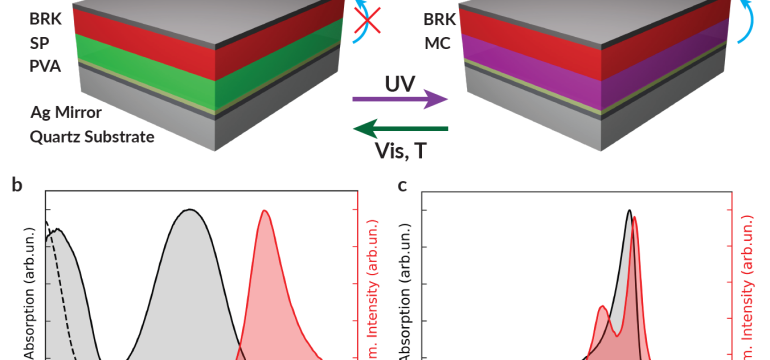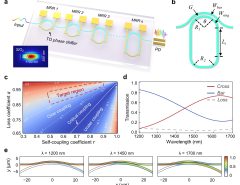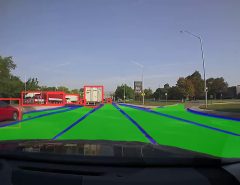Authors: A. Cargioli, M. Lednev, L. Lavista, A. Camposeo, A. Sassella, D. Pisignano, A. Tredicucci, F. J. Garcia-Vidal, J. Feist, L. Persano
Published on: October 06, 2023
Impact Score: 8.07
Arxiv code: Arxiv:2310.04121
Summary
- What is new: The novel ability to switch the energy transfer between molecules on and off using light, a significant improvement over the static nature of previous methods.
- Why this is important: The need for efficient and controllable methods for energy transfer in light-harvesting and photovoltaic applications.
- What the research proposes: Using a photochromic donor coupled with a cavity that enhances energy transfer to an acceptor molecule, controllable by light.
- Results: A 6-fold enhancement in energy transfer efficiency compared to traditional methods, with the ability to control the process using ultraviolet and visible light.
Technical Details
Technological frameworks used: Optical control through cavity-coupled hybrid polaritons and photochromic molecules
Models used: Energy transfer models enhanced by in-cavity hybridization
Data used: Emission intensity data comparing the novel system with reference multilayer setups
Potential Impact
This research could disrupt the solar energy market, companies making light-harvesting devices, and manufacturers of light-emitting diodes and photovoltaic cells.
Want to implement this idea in a business?
We have generated a startup concept here: PhotoFlux.




Leave a Reply